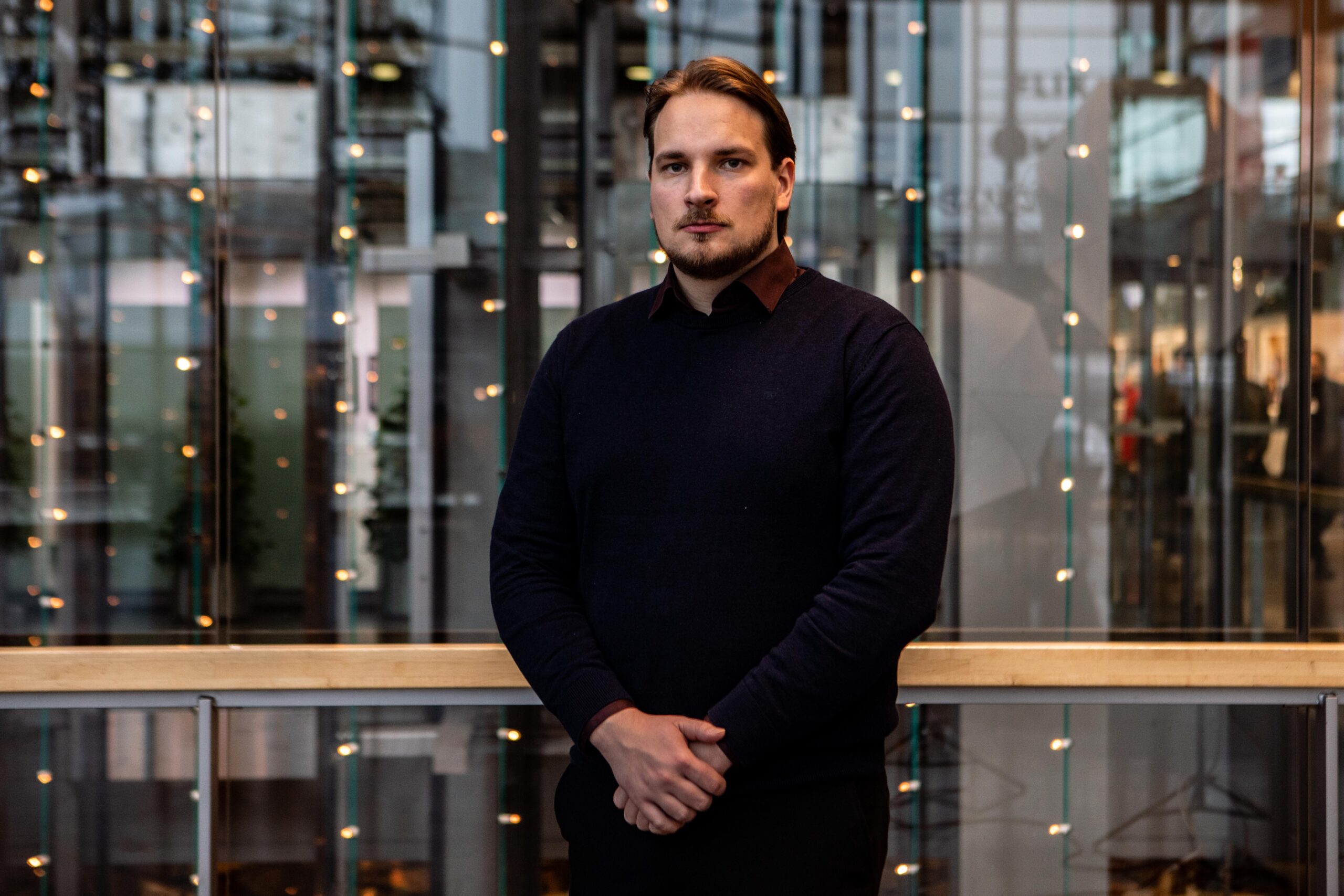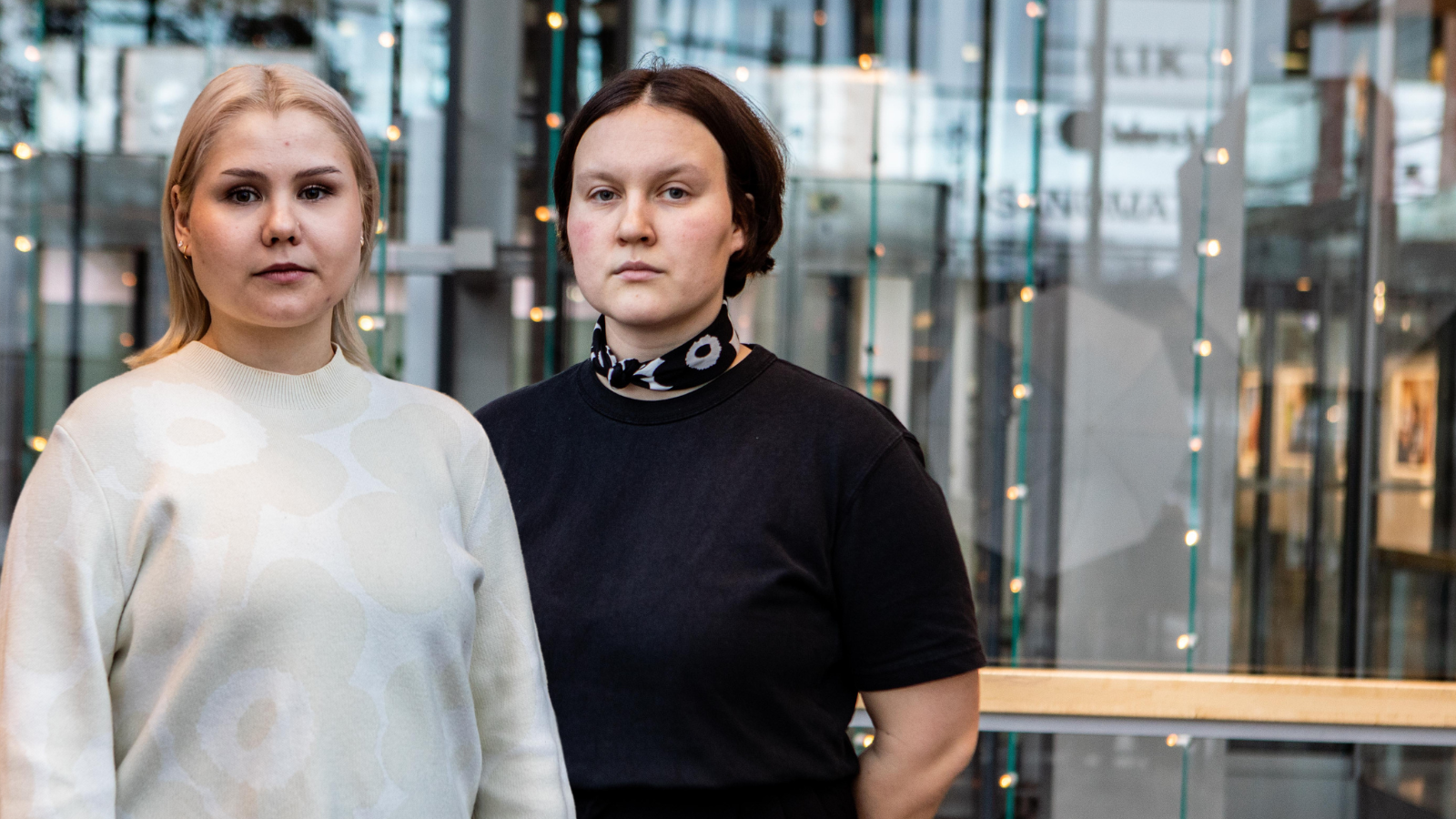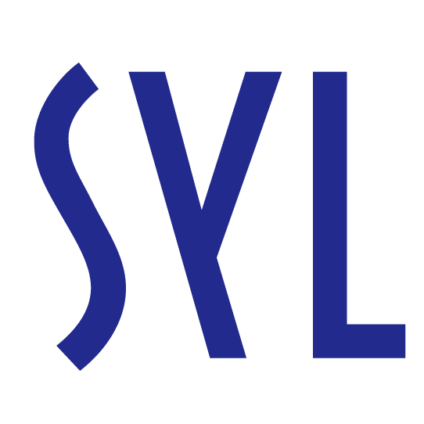Today, the Ministry of Education and Culture published a vision for higher education and research, extending to 2030. The Ministry has been working on the vision for a little under a year, and they have now published their set of objectives. I commented on the vision on behalf of SYL at the publication event, and I have to say that I was positively surprised: instead of rash legal changes, the Ministry presented a real vision today.
SYL considers the objectives defined in the vision to be good for the most part. The transparency, flexibility and accessibility of education and research are themes that are repeated in the vision often. The focus on students is also well reflected in the document, and the relationship between basic research and new innovations has been recognised. The number of higher education graduates is to be increased so that half of the age group would complete a higher education degree in the future. The goal could be set even higher, but achieving it also requires resources. Staff organisations in particular have raised concerns that higher education institutions have cut down the number of teaching and research staff. This cannot continue if we truly want to be a country with the most educated workforce in the world.
To make this happen, the perspective must be on the learner. The students’ position, the ability to move, and the pressure on students amidst the changes and the ever-scarcer livelihood have been well-recognised in the vision. Supporting the students’ ability to learn should be a target of constant inspection and development also in the future because the effects of the latest cuts and changes are not even visible in the current statistics. “Education is developed with the student in mind” should not be just a phrase found in festive speeches and vision programmes; it must be a cross-cutting guideline for the development of higher education.
The human perspective is sometimes forgotten, especially when talking about the accumulation of education. The vision’s background material problematises the fact that 28% of students applying for universities and 25% of students applying for universities of applied sciences already have a higher education study place or degree when applying. The accumulation of education is a real problem, but the students themselves are very rarely the cause of the problem: sometimes people have to look for a new career path because of health reasons or due to the structure of the labour market, and in some cases, people have no alternatives because the opportunities for retraining or continuing training in a higher education institution are non-existent.
The vision also places a strong emphasis on the transparency of education, flexible study paths and lifelong learning – goals that everyone can surely agree with. In further development, it should be noted that transparency cannot be promoted only with the power of speech; it requires incentives and new initiatives. The new platform model for higher education proposed by SYL, Social Science Professionals (Yhteiskunta-alan korkeakoulutetut ry, YKA) and the Finnish Business School Graduates is one example of such an initiative. The idea is to open up the entire selection of Finnish higher education to all learners and to encourage higher education institutions to offer teaching also to students outside their own institutions with the help of a study credit-based funding model.
The platform model is an example of a structure that would contribute to the vision’s goals of new kind of know-how, closer cooperation, and a greater number of higher education graduates. Careful consideration and impact assessment must also be observed in other structural solutions: the goal of reducing the number of higher education institutions cannot outweigh accessibility and the needs of the region, and enabling legislation should not be the same as changes just for the sake of changes.
These objectives form the starting point for developing measures in the form of a road map and for designing various thematic development programmes to support the map. In my speech at the event, I also reminded people of the fact that broad interest group cooperation should be genuinely broad, and that every part and interest group in the university community must get their voices heard equally. Parliamentary parties, both in the government and the opposition, should also be involved in the parliamentary preparations. When the road map is successful, it will determine the direction of Finnish higher education for years to come with a more long-term approach and the approval of a wider community than any government programme or development plan for education could ever achieve.
Riina Lumme
SYL’s President




